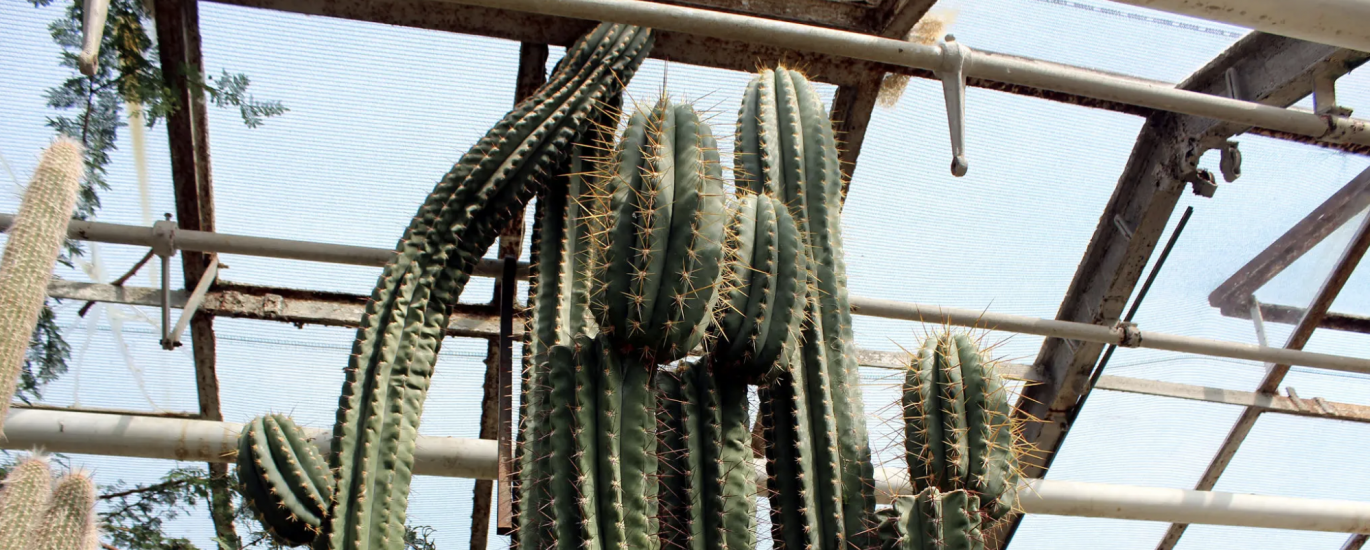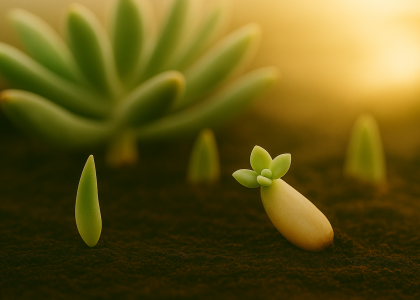Columnar cacti are the skyscrapers of the succulent world. From the iconic Saguaro of the American Southwest to the fast-growing Cereus found in gardens worldwide, these upright, pillar-like plants are symbols of strength, endurance, and sculptural beauty.
They don’t just grow—they stand tall with patience, blooming slowly, quietly, and purposefully. Placing a columnar cactus by your sunniest window is like adding a desert sentinel to your home—guarding your calm with stoic grace.
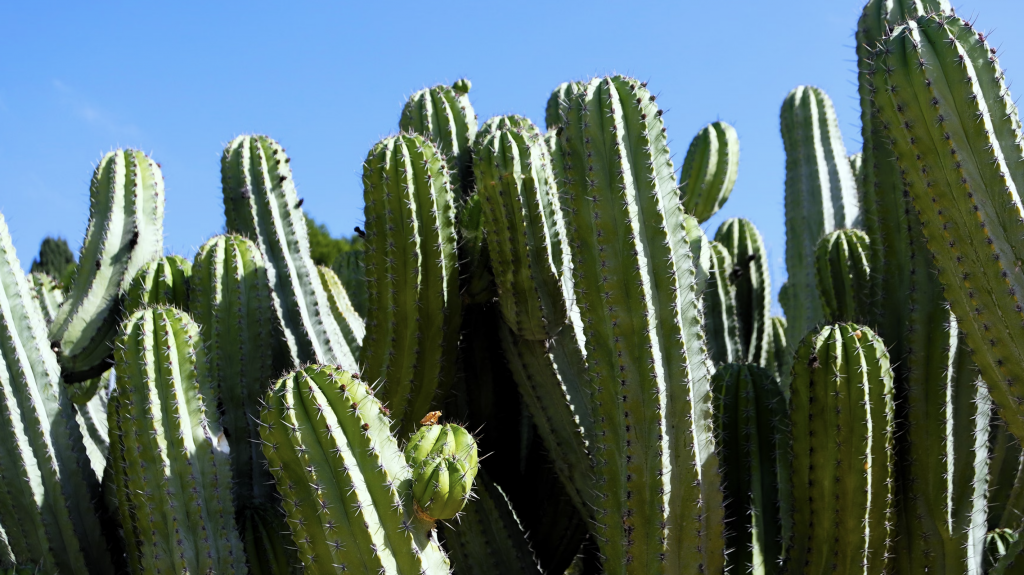
Botanical Overview & Fun Facts
- Scientific group: Includes species from Carnegiea, Cereus, Pachycereus, and Stenocereus genera.
- Fun fact: The mighty Saguaro (Carnegiea gigantea) can grow arms after 50 years and weigh more than 2 tons when mature.
- Native range: Americas—especially Mexico, Arizona, and Peru.
Morphology: Root, Stem, Spine, Flower
- Roots: Shallow but extensive, designed to capture surface water.
- Stem: Ribbed columns with tough, waxy skin and defined areoles (spine pads).
- Spines: Dense and protective; some species have hair-like or needle-thin spines.
- Flowers: Often large and nocturnal—white, yellow, or pink—pollinated by bats or moths.
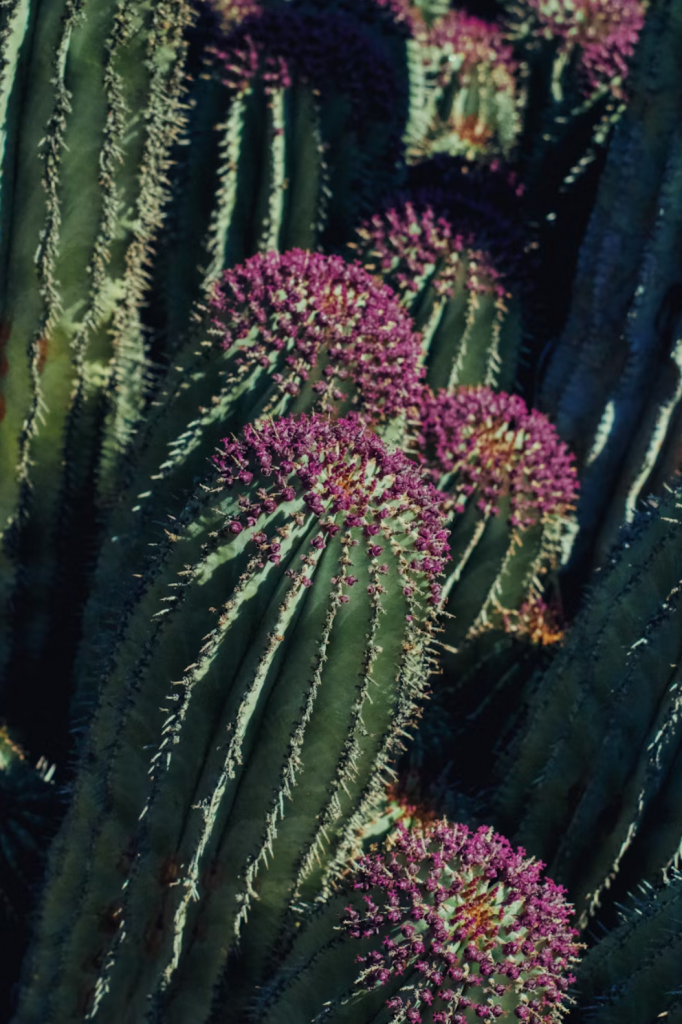
How to Grow Columnar Cacti
Light:
- Full sun—at least 6–8 hours daily.
Soil:
- Sandy, well-drained cactus mix. Add perlite or pumice to improve drainage.
Watering:
- Water deeply, then allow the soil to dry completely.
- Frequency: Once every 10–14 days in summer; monthly in winter.
Potting:
- Choose deep clay or terracotta pots to support root spread and prevent tipping.
Temperature:
- Tolerant of heat; protect from frost (hardy to ~30°F / -1°C depending on species).
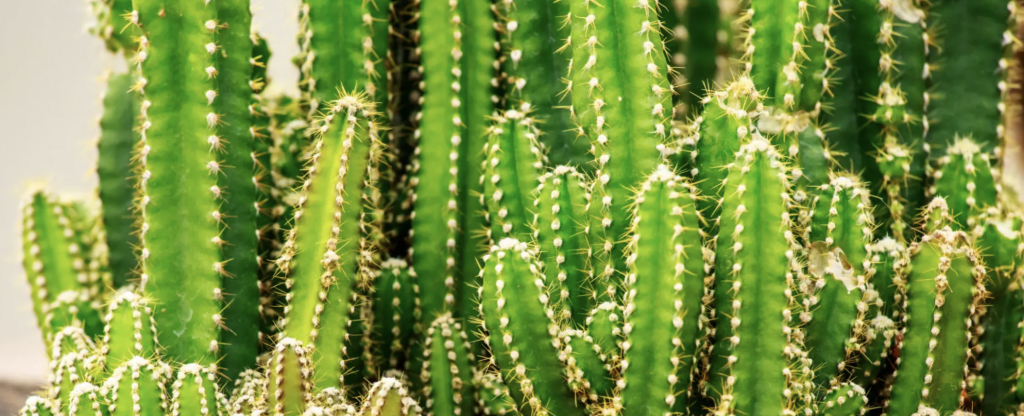
Propagation Techniques
- From seeds: Sow on top of sandy soil, mist lightly, cover with humidity dome.
- From cuttings: Cut a healthy segment, dry for 1–2 weeks, plant in dry soil.
- Growth rate: Slow to moderate depending on species.
Common Pests & Problems
- Mealybugs: Treat with neem oil or alcohol swab.
- Root rot: Caused by overwatering or poor drainage—ensure soil is dry before watering.
- Sunburn: Introduce gradually to full sun if moved from indoors.
Common Mistakes to Avoid
- Overwatering is the #1 killer.
- Don’t use regular potting soil—it retains too much moisture.
- Avoid placing in full shade—leads to etiolation (thin, weak growth).
Recommended Species for Home Growers
- Cereus peruvianus (Peruvian Apple Cactus): Fast-growing, bluish skin, edible fruit.
- Pilosocereus azureus: Stunning blue stems with woolly areoles.
- Eulychnia castanea: Rare Chilean species with reddish spines and slow growth.
Have you grown one of these columnar wonders? Share your tallest cactus moment in the comments or tag us @CactusSoulGardens.
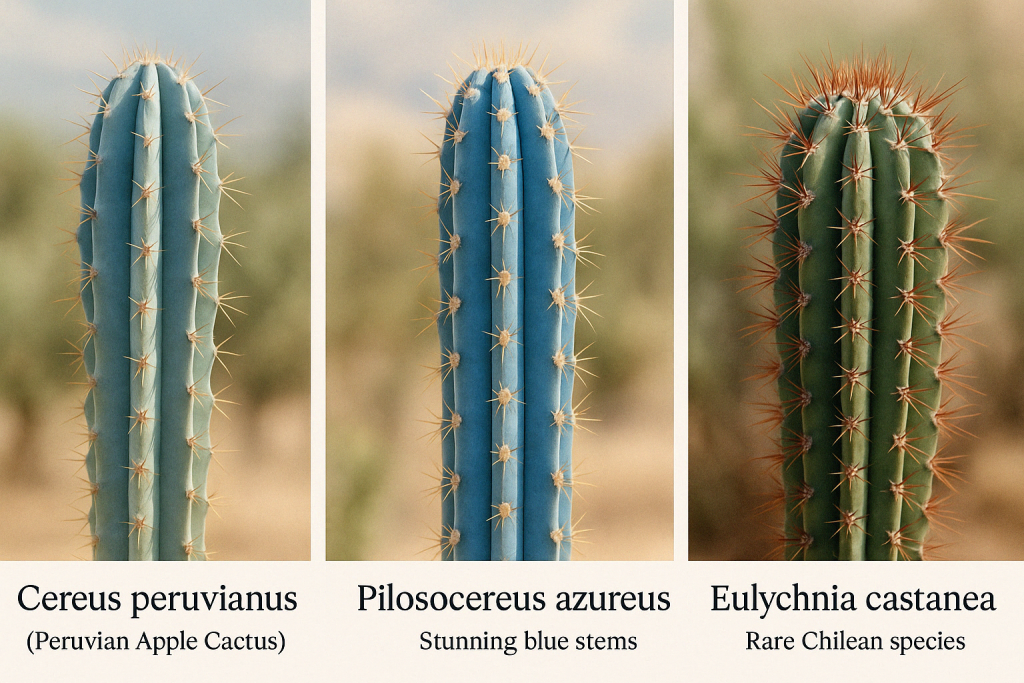
The Gentle Majesty of Columnar Cacti
Caring for columnar cacti is more than just gardening—it’s an art of patience and presence. These living sculptures remind us that life doesn’t always bloom fast—but when it does, it’s worth the wait. Let your cactus teach you the rhythm of the desert: endure, root deep, and bloom with grace.
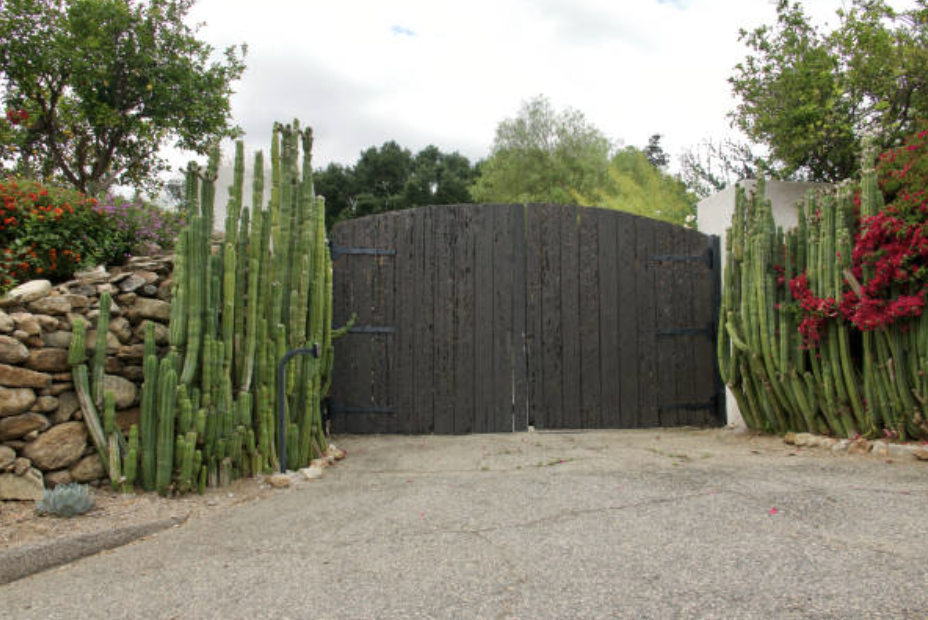
Ready to Grow Your Own Columnar Icons?
From their sky-reaching silhouettes to their meditative stillness, columnar cacti invite us to bring a piece of desert magic into everyday life. Whether you're just getting started or looking to style your next green corner, let these giants guide you toward serenity and structure.
To help you on your journey, we’ve created something special:
📥 Free Printable: Columnar Cactus Care & Style Kit
This beautifully designed PDF includes:
- ✅ Columnar Varieties (with care notes)
- 📅 Seasonal Maintenance Calendar
- 💧 Watering & Fertilizer Tracker
- 🪴 Styling Inspiration for Modern Spaces
👉 Click here to download your free copy——Columnar Cactus Care & Style Kit
No sign-up required. Just grow at your own pace.
Grow tall. Grow timeless. Grow with Greenmuse.
Final Tip: Want to explore other cactus types? Stay tuned for our upcoming blog: "Globular Cacti – The Living Jewels of the Succulent World."

